The Earth’s climate is influenced by various factors, including latitude, altitude, proximity to oceans, and prevailing wind patterns. Climatic zones are regions of the Earth that share similar climatic conditions based on these factors. There are several climatic zones, and they can be broadly categorized into three main types: tropical, temperate, and polar.
Vectormap.Net provide you with the most accurate and up-to-date vector maps in Adobe Illustrator, PDF and other formats, designed for editing and printing. Please read the vector map descriptions carefully.
- Tropical Zone:
- Characteristics: Found near the equator, the tropical zone experiences high temperatures throughout the year. It has a distinct wet season and dry season.
- Location: Approximately between 23.5°N and 23.5°S of the equator.
- Temperate Zone:
- Characteristics: Moderate temperatures with distinct seasons—warm summers and cold winters. The temperate zone often has a mix of deciduous and coniferous vegetation.
- Location: Between 23.5° and 66.5° in both the Northern and Southern Hemispheres.
- Polar Zone:
- Characteristics: Extremely cold temperatures, especially in winter, and relatively short summers. The polar zone is characterized by ice caps and tundra vegetation.
- Location: Beyond 66.5° in both the Northern and Southern Hemispheres.
Ocean Currents:
Ocean currents are large-scale flows of seawater within the Earth’s oceans. They play a crucial role in regulating global climate by redistributing heat around the planet. Ocean currents can be classified into surface currents and deep ocean currents.
- Surface Currents:
- Warm Currents: Flow away from the equator towards the poles, transporting warm water and influencing the climate of nearby coastal areas. Examples include the Gulf Stream in the North Atlantic and the Kuroshio Current in the North Pacific.
- Cold Currents: Flow from polar regions towards the equator, carrying cold water. Examples include the California Current in the North Pacific and the Benguela Current in the South Atlantic.
- Deep Ocean Currents:
- Thermohaline Circulation: Also known as the ocean conveyor belt, this circulation is driven by differences in water temperature and salinity. Cold, dense water sinks in polar regions and flows towards the equator at deeper ocean levels.
Key Ocean Currents:
- North Atlantic Drift: An extension of the Gulf Stream, bringing warm water from the Gulf of Mexico to the North Atlantic.
- Antarctic Circumpolar Current: Circulates around Antarctica, connecting the world’s major ocean basins.
- Equatorial Counter-Currents: Located near the equator, these currents flow in the opposite direction of the adjacent main currents.
Understanding the interplay between climatic zones and ocean currents is crucial for comprehending global weather patterns, precipitation distribution, and overall climate dynamics.

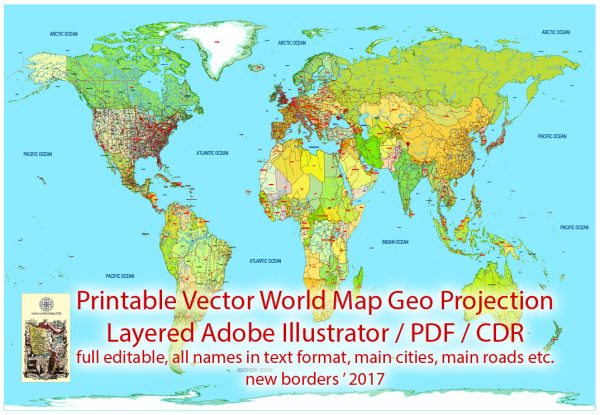
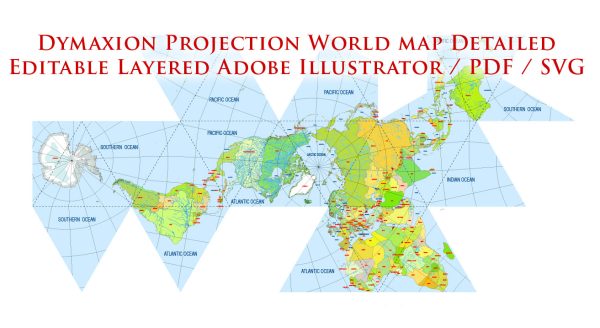
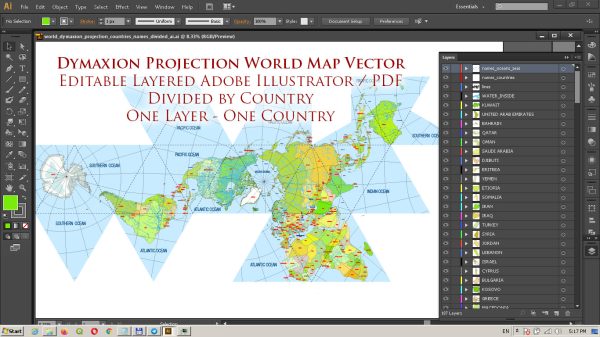
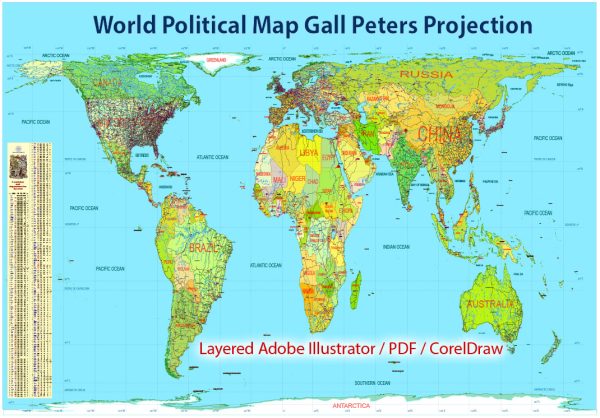
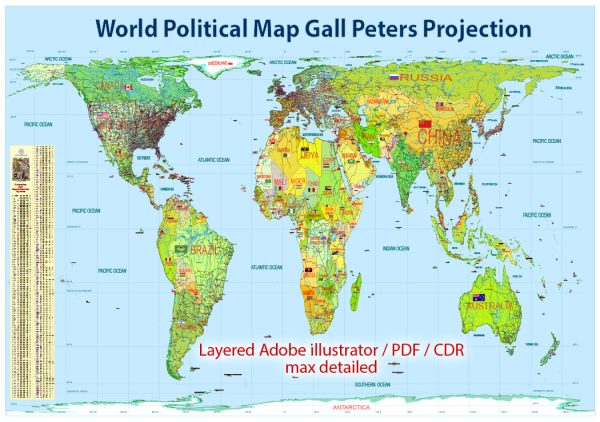
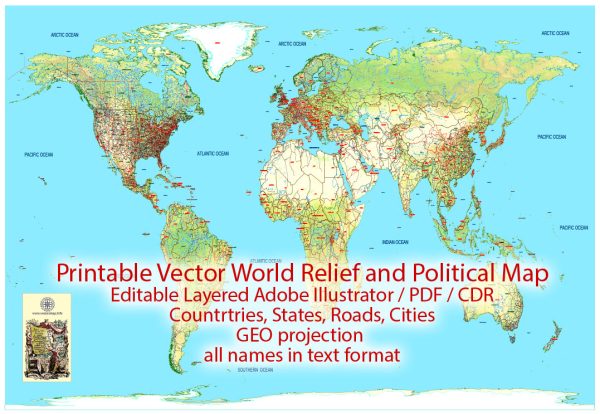
 Author: Kirill Shrayber, Ph.D.
Author: Kirill Shrayber, Ph.D.